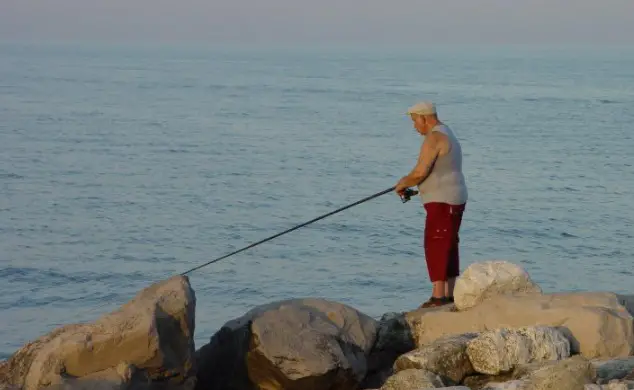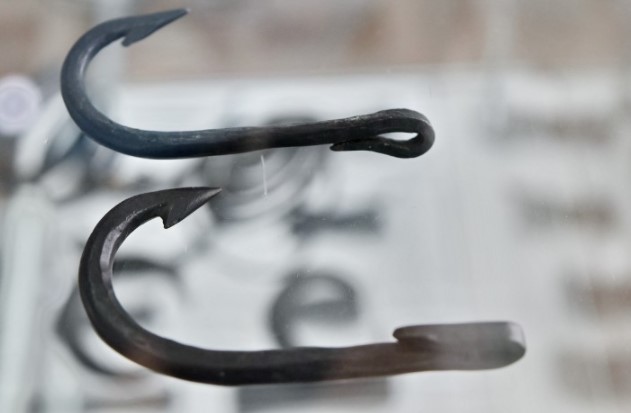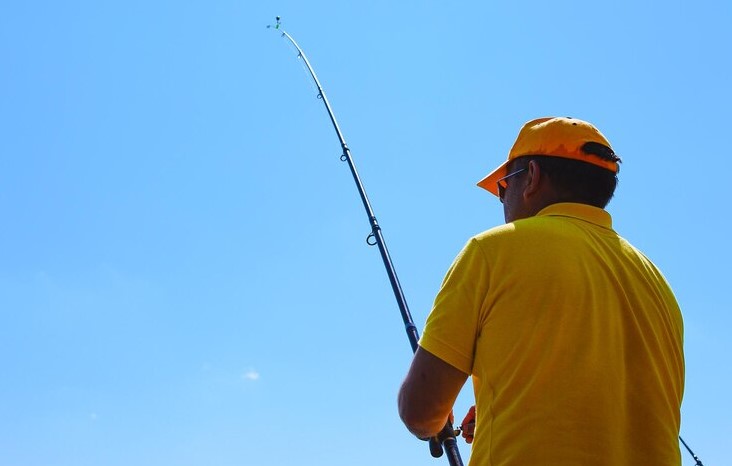Do you want to venture into the enjoyable yet dangerous magnet fishing? The hobby has increased in popularity over time, though you need to be extra cautious while at it. Here you will learn everything about magnet fishing to get started safely and responsibly.
What is magnet fishing?

As the use of metal detectors to find metals on land, magnet fishing is a form of treasure hunting where strong magnets tied to ropes are used to retrieve metals submerged in water bodies.
The popularity of magnet fishing as a hobby has had its share of bad press. Countries have regulations on how the hobby should be undertaken while in some areas, it is restricted.
Traditionally, boaters used magnet fishing to find lost metallic items in water. However, people do it nowadays in the hope of finding valuable items underwater. You can, therefore, engage in magnet fishing as an outdoor activity to uniquely interact with the environment.
The excitement of pulling the treasures underneath the water and the curiosity make the hobby a thrilling experience.
Is Magnet Fishing Legal?
In most countries, magnet fishing is not prohibited. For instance, in the US, you are free to go magnet fishing in public waters. However, you will have to seek permission before doing so on private property.
You have to check more on your specific state on laws and regulations governing magnetic fishing before engaging in the same.
Gears You Need For Magnet Fishing
Similar to other expeditions on the water, you will need certain gears when going for magnet fishing. These are explained below:
Magnet
A powerful magnet is needed for magnet fishing. You should get one that is portable and easy to attach to the rope. Neodymium magnets are the best though the rarest on earth. Thus, you might not get it in local shops but can always order one online through Amazon.
The magnets come in different sizes and strengths. Look for the one with ideal pull strength; for a start, do not go for the strongest until you are used to the game. Once you become a pro, bigger and most robust can help in recovering massive metallic objects underwater that probably will enter into Guinness records.
Rope
In magnet fishing, your line will be a rope. The cord should be strong enough to handle the strength of the magnet and pull out the hunted treasure. The last thing you want is to lose your magnet because of choosing the wrong rope.
The ideal length is 50ft which works well on most waters. However, if you plan to fish in deep waters, prepare to cast further, or to fish from the bridge from the shore, a 100ft long rope will work fine.
Paracord ropes are the most preferred due to their strength, high abrasion resistance, durability elasticity, and hold the knots securely in place. Note that you might end up yanking the ropes up and down to pull the snagged magnet underneath. You can buy the best magnet fishing rope on Amazon.
Hook

The hook is meant to complement your magnet in retrieving a massive hunt. They have three long teeth that hook up non-metallic objects underwater. Some metals are wrapped, making it difficult for the magnet to lift them; thus, the hook comes into play.
Threadlock
The most precious item in your gearbox is the magnet. Threadlock is special glue not affected by water used to secure the magnet in place. Once you tie the knot, then the thread lock is used for reinforcement.
Bucket
As you venture out for a treasure hunt, always hope for the best. A bucket helps you to carry your treasure. Note that in most countries it is illegal to throw back any scrap back in the water. If you are not able to carry it along, organize for them to be collected.
Safety gloves
You should always stay protected by wearing a sturdy and flexible pair of gloves. Your hands need protection against sharp objects and bruises when pulling out your hunt. A surgical glove underneath is also recommended to protect yourself against any diseases.
First Aid Kit
Accidents do happen, and the best thing is to have a first Aid Kit right in your backpack. They are affordable, and there is no reason for leaving them behind, yet they come in handy when least expected.
Magnet Fishing Setup
In order to get started, you will need to set up your magnet. Most have an eyebolt, as shown in the image below, which you should screw into the center of the pot magnet. After that, you tie the rope in the eyebolt and secure using thread lock glue.
Suitable Knots for Magnet Fishing
Magnet fishing requires a knot that tightens on itself and securely holds the magnet in place. It should be able to handle heavyweight as well. If you are starting, then use the Palomar knot due to its simplicity with the ability to hold a heavyweight in place. As you advance your skills, try some of your strongest favorite knots.
Check how to tie the knot
Best Places to Magnet Fish

Any water body such as rivers, canals, lakes, streams, and well are great places to magnet fish. Check that the area is permitted for magnet fishing before planning your expedition. For more finds, fish near urban areas since more is likely to be thrown into the water. However, you should also try remote places since you might be surprised to find some exciting treasures.
Try your luck also near industrial towns as you might a hunt worth placed in a museum. Who knows? You might be the first one to unearth some of the historical metallic items.
Final Take
Despite the risks of magnet fishing, it is a hobby worth venturing to by following this guide. Once you have everything in place, there is nothing that will stop you from discovering the hidden treasures underwater. Always, obtain permission from private land and check for legal requirements in your state. Otherwise, be assured of a fun and rewarding hobby with opportunities to explore more!

